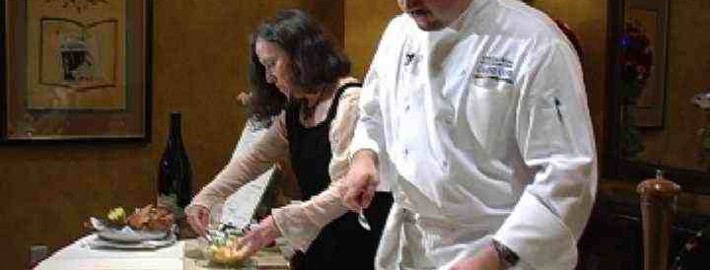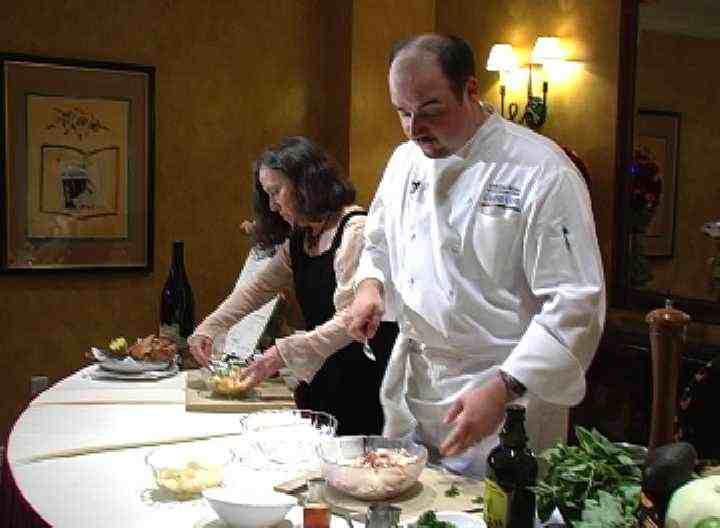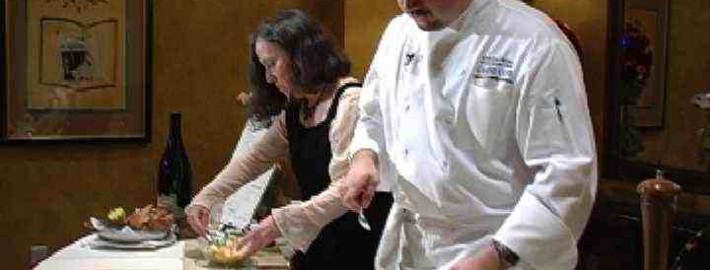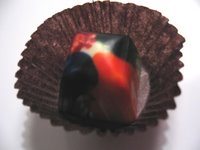The Peak of Freshness

Sweet corn is truly one food that can be called uniquely American, and is symbolic the world over for the New World’s bounty. Not only is it a staple of barbecues, picnics and Midwestern summer festivals, but it has become a popular ingredient in many foods, from chilled salads where it adds a sweet pop, to spicy southwestern dishes with it’s sweetness offsetting the heat of hot peppers.
Here in the Midwest, sweet corn is at the peak of it’s season. This weekend, Sun Prairie, Wisconsin, kicks off it’s Sweet Corn Festival, where you can buy cooked and buttered sweet corn by the tote-full for the price of an Extra Value Meal at a fastfood counter. Canneries are bringing it in from the fields by the truckload, and little roadside stands dot the highways and county roads, selling corn for $3 to $4 per dozen ears (alongside their other bounty of melons, tomatoes, cucumbers, onions and peppers, to name a few).
Every family has their own way of cooking corn around here, and mine is no exception! Now, I generally buy my corn from an old timer who sells it on a street corner at my local city park. His farm has been in his family for over 125 years, and they still work the land, harvesting their crop in the morning, and bringing it into town in the afternoon. This farmer grows an especially sweet variety of corn, and like all super sweet varieties, it becomes starchy if overcooked. Here’s my method of cooking sweet corn, modified for the super sweet varieties:
What you’ll need:
6 to twelve ears of the freshest super sweet (aka “Candy Corn”) corn possible, shucked
One large pot (1 1/2 to 2 gallon capacity)
Fill pot 2/3 way with water. Cover and bring to a rapid, rolling boil.
Add shucked corn. Cover. Remove from heat! Let stand covered for 9 to 10 minutes (for traditional varieties of sweet corn, let stand covered for 10 to 12 minutes). That’s it! Your corn should now burst when you bite into it!
Enjoy the summer harvest, and check out your local farmer’s markets!
Eric







